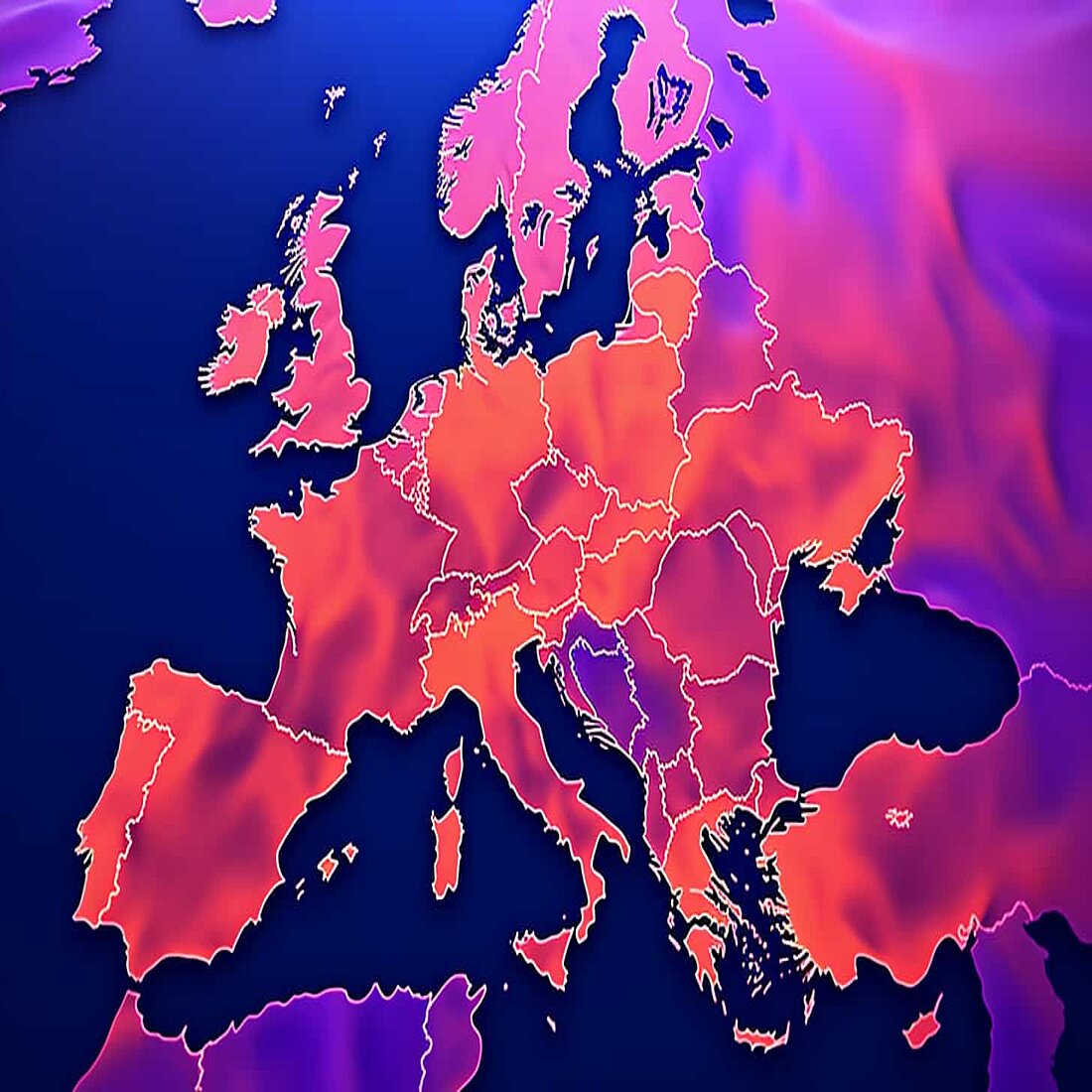- Why Us?
- Features
White Label
For SaaS Platforms & Agencies
Provide our complete analytics suite to your clients, directly within your own interface and with your/their own branding. Discover Analytics-as-a-Service and White Label Analytics. Great benefit, minimal effort.
- Pricing
- White Label
- Success Stories
- Partner
- ResourcesExpand Your Knowledge

Simon Coulthard July 04, 2022
3 min
How Will the GDPR Affect Predictive Analytics?

Good marketers are always on the lookout for innovative ways to build customer engagement and drive sales, and one option worth exploring is undoubtedly predictive analytics.
Simply put, this tool will help you make better marketing decisions; predictive analytics is reshaping how companies sell to customers and, while it is unlikely that your competitors are all keeping pace with this technology for the moment, it won’t be long before they are.
However, the reliance of predictive analytics on big data means that companies open themselves up to potential data protection problems. As such, this article provides a useful introduction to the subject, before looking at how GDPR affects predictive analytics.
What is Predictive Analytics?
Put simply, Predictive Analytics uses data and statistics to predict the future. It utilizes elements like data mining and predictive modeling to gauge the likelihood of future events.
Since it uses machine learning and other elements that sit under the umbrella of artificial intelligence, predictive analytics enables companies to quickly analyze huge amounts of data, increasing both the accuracy and practicality of this process.
And while this sounds like something out of a science fiction movie, this tool has been used for quite some time already - indeed, figures show that 52% of global companies have already adopted predictive analytics in one form or other (MicroStrategy).
One of the earliest examples out there is credit scoring, which uses a person’s historical financial data to calculate how likely they are to make payments on time in the future. Other more modern uses of this technology today include:
- Netflix using predictive analytics for its “what you might also like” feed, with 80% of all content watched on the platform selected from these personalized recommendations (Netflix)
- Amazon’s own personalization system being rooted in predictive analytics which is why its product recommendation system can be so accurate
- Airbnb utilizing predictive analytics - “humanizing data” to use their phrasing - to drive its staggering growth over the past five years
- Adidas using an AI analytics platform to underpin the huge success of its digital sales department, which has helped build an active subscriber base of over 100 million customers
How Do Marketers Use Predictive Analytics?
Marketers can use predictive analytics to forecast how consumer behavior will change, using this knowledge to stay ahead of the curve and remain competitive. The obvious appeal of this explains why they were an early adopter of this technology - but it is becoming more and more widespread.
Digging deeper into the fancy pants term, this tool enables companies to anticipate what customers are most likely to buy, forecast how customers will respond to marketing campaigns and personalize recommendations and offers. More generally, this tool is great for both business intelligence and price optimization.
Going slightly further down the rabbit hole, predictive analytics can be roughly divided into the following three categories:
- Recommendation filtering that analyzes historical purchasing data to identify avenues for sales.
- Cluster models that use demographic data, purchasing habits and brand engagement to divide customers into groups that can then be targeted with personalized campaigns.
- Prosperity algorithms that predict a customer’s actions, like buying a product, signing up for a service or unsubscribing completely.
What Does GDPR Mean for Predictive Analytics?
Predictive analytics is built on computer algorithms that analyze personal data - meaning that the more you know about your customers, the more accurate the predictions.
But when GDPR landed in 2018, it introduced oodles of rules on what companies could do with the personal data of EU residents. Given the reliance of predictive analytics on personal data, the law has profound implications for this powerful marketing tool - particularly with regard to its machine learning and artificial intelligence elements.
According to the published guidelines, GDPR does not allow for any automated decision making that “significantly affects” EU citizens - including their preferences, location, movement or interests.
What’s more, GDPR allows EU residents to trigger their “Right to Restriction” with regard to the use of personal data. This would immediately make it illegal for your company to use their information for any profiling or automated decision making - a kiss of death for any predictive analytics techniques that depend on more data for better results.
However, even if users do not do this - and have explicitly consented to being profiled - then your company is still only able to hold onto their personal data for the length of time required to provide customers with whatever product or service you provide - putting real restrictions on how their data can be used for predictive analytics.
GDPR also provides EU residents with the right to remain anonymous. As such, concerns over breaking GDPR rules in this area can be mitigated if the algorithm underpinning predictive analytics uses either anonymised or pseudonymised personal data - as long as the anonymisation means that the user can’t be identified, and that the process cannot be reversed later in time.
Ironically, GDPR does allow for more leeway with predictive analytics when it comes to sensitive personal data - “special category data” in their wording, that includes information like race, nationality and sexual orientation.
For, while users still have the right to opt-out of profiling or automatic decision-making, it is obviously far easier to draw out non-identifiable trends from demographic data than more personal information and therefore makes more sense for companies to build their predictive analytics models around this category of data.
What Does the Future Hold?
Ultimately, GDPR is forcing companies to manage and protect personal data more effectively and it was never the intention of EU policymakers to restrict technological innovation.
But, while the law is undoubtedly restricting predictive analytics for the moment, the future will see technological development that will make this tool more effective within legal limitations.
What’s more, GDPR’s restrictions on machine learning and automated decision making have reduced the capacity of EU companies to compete with North American and Asian rivals. As such, there is the potential for the law to be amended in the future.
Share article
Get Started for Free
Gain World-Class Insights & Offer Innovative Privacy & Security











